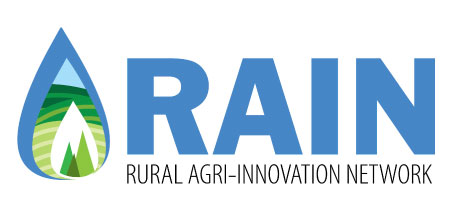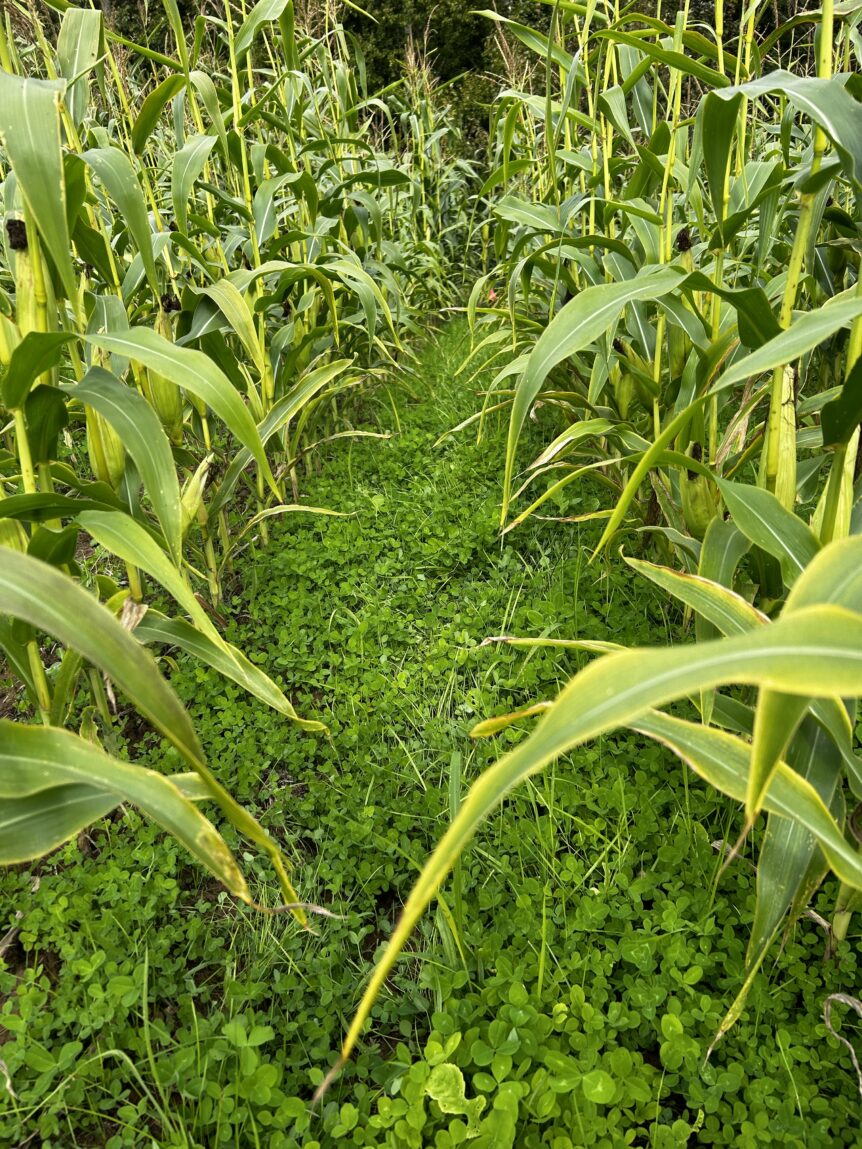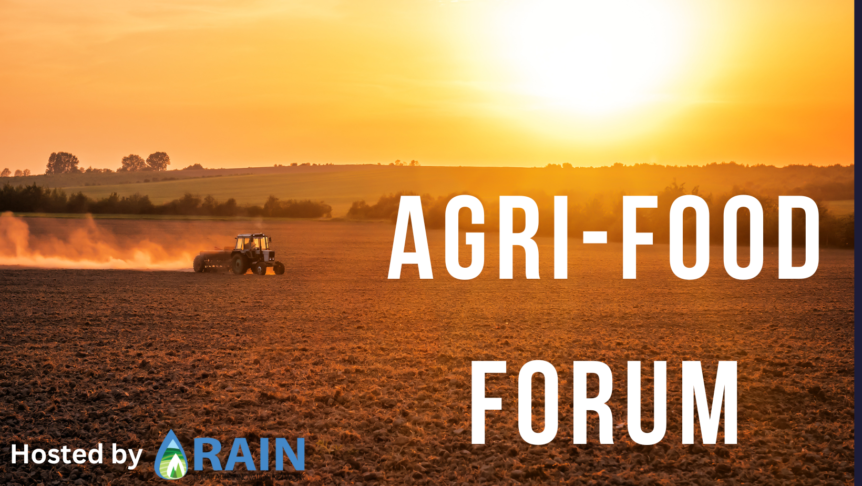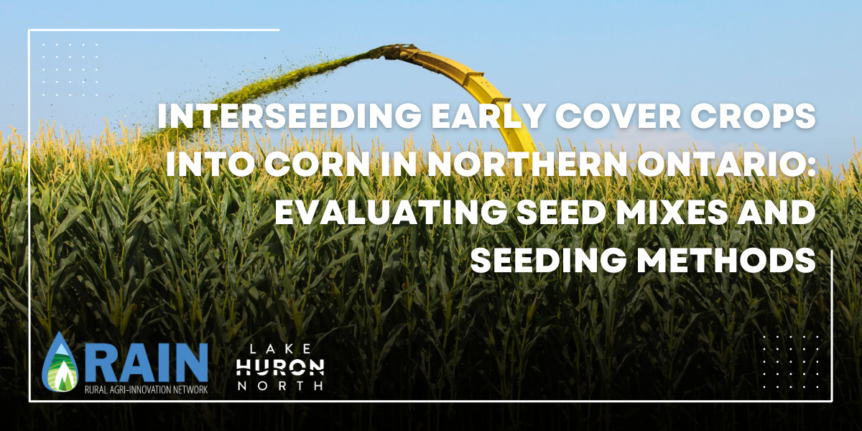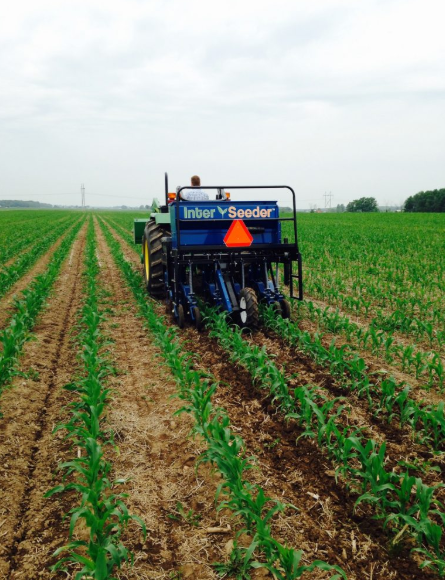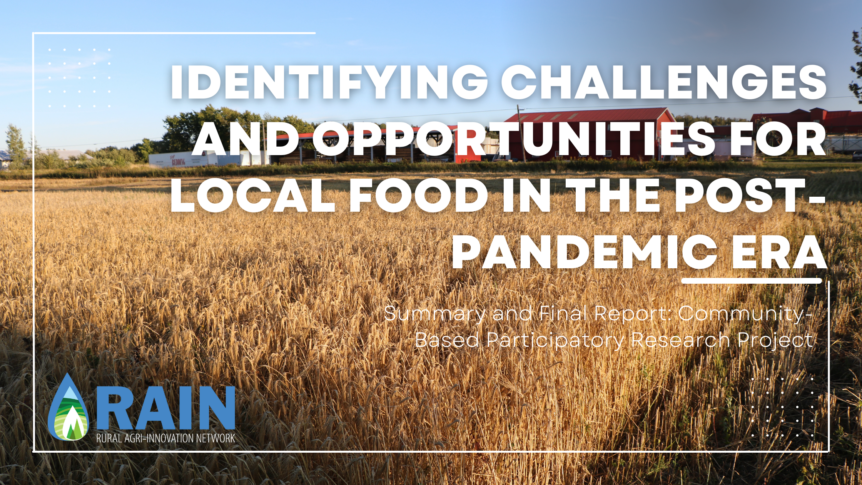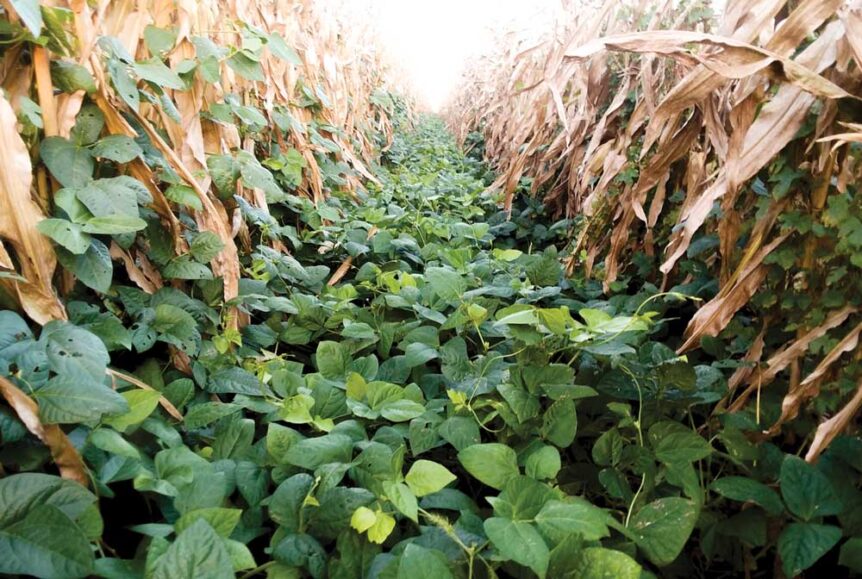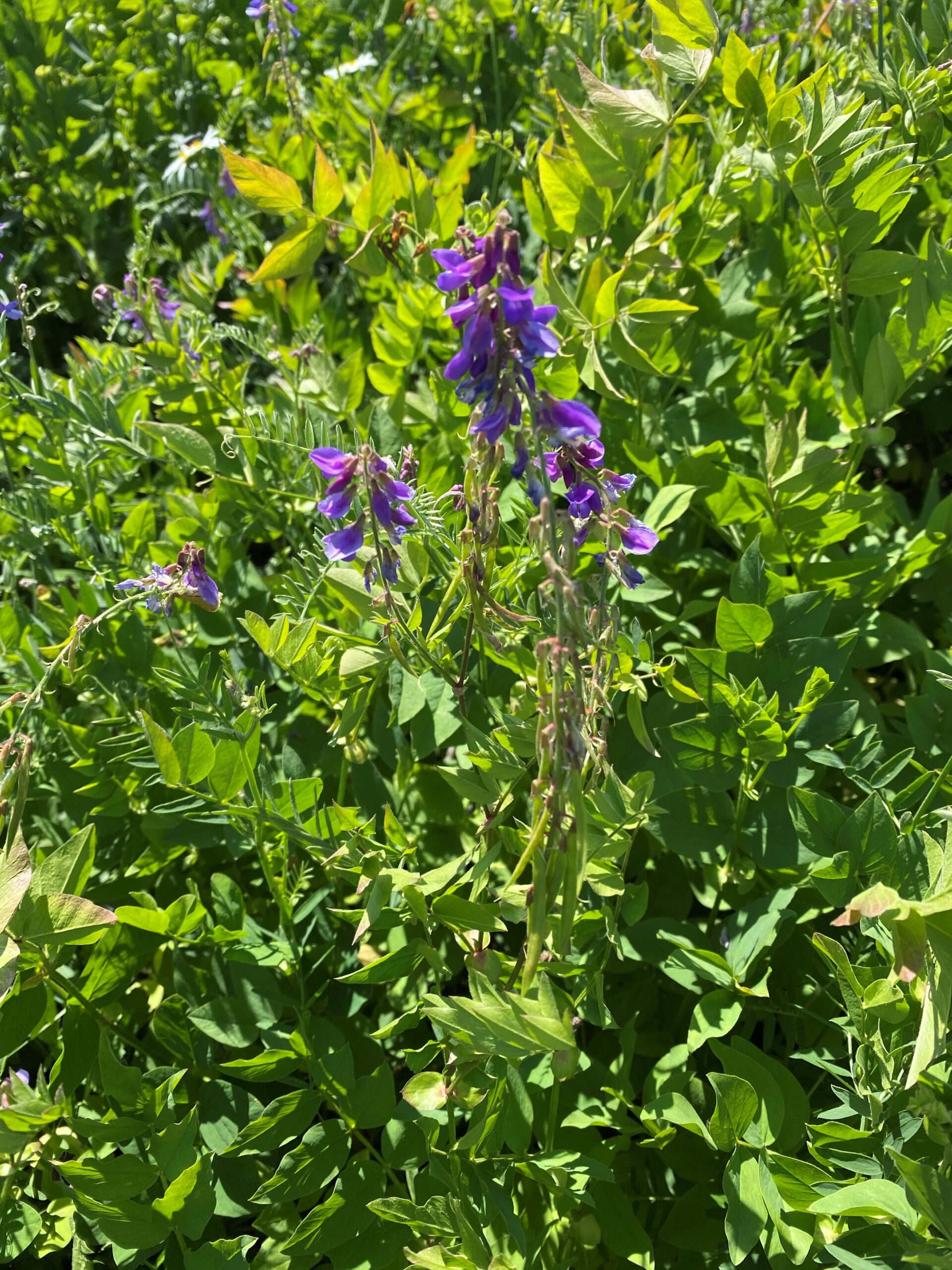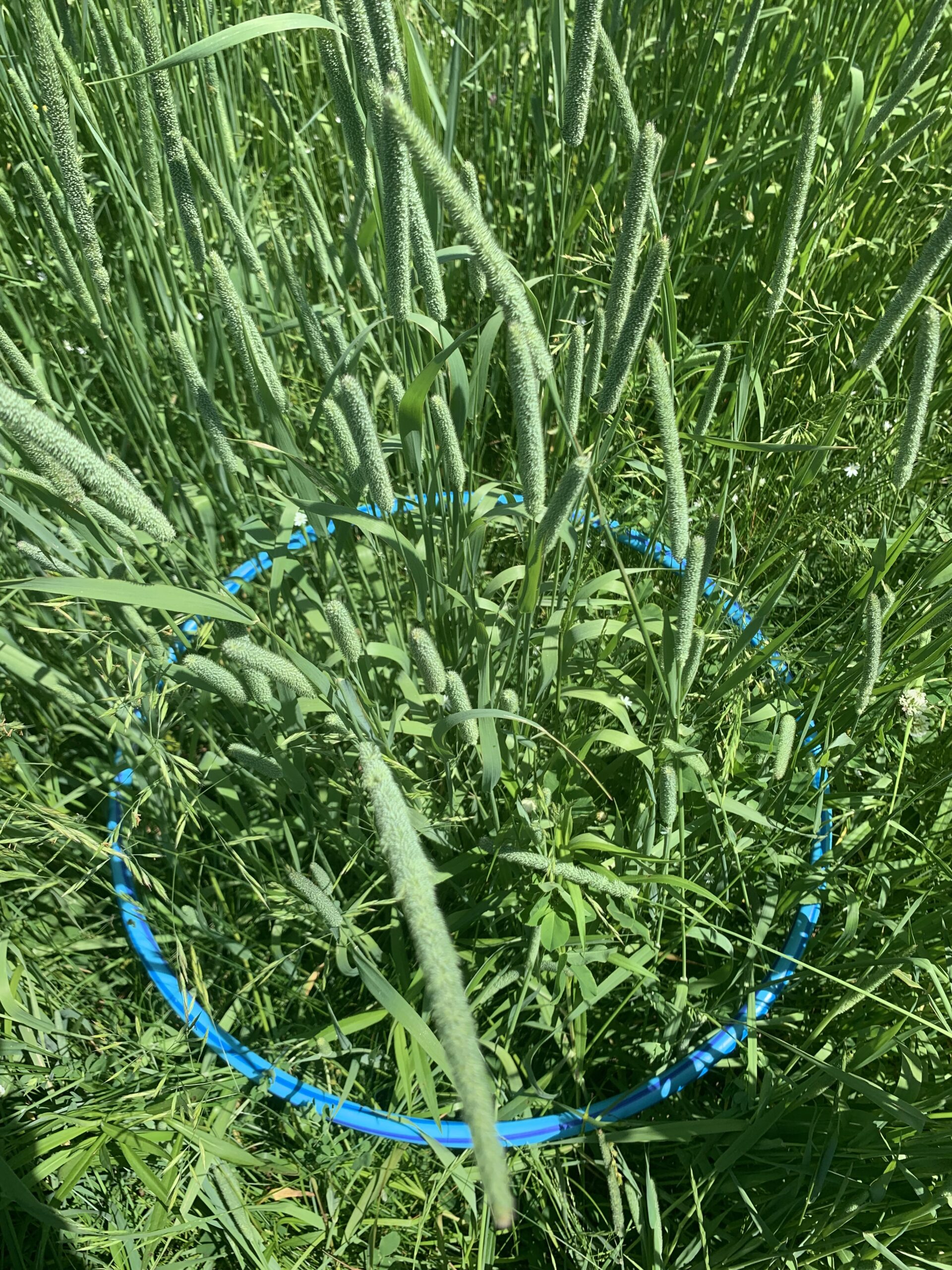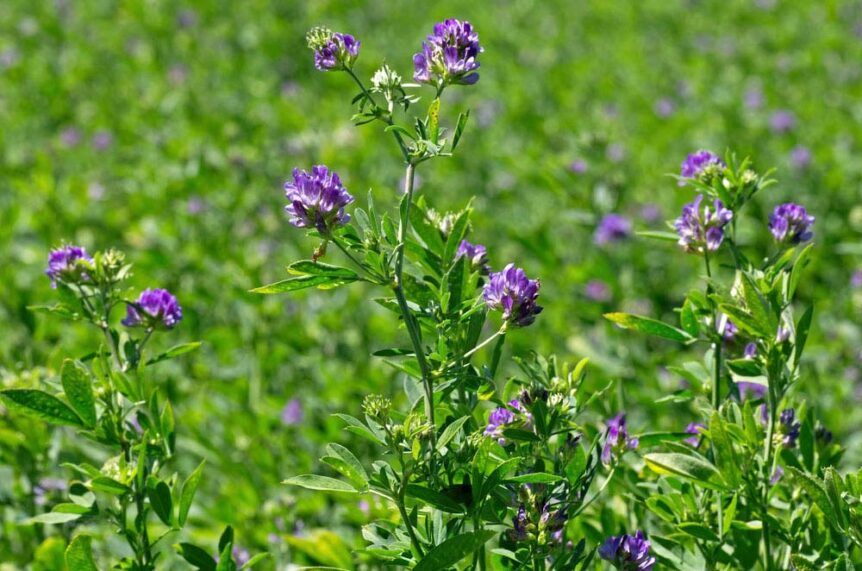This project investigated the potential of interseeding early cover crops into silage corn in northern Ontario, where conventional cover crops are often limited due to the short growing season and colder temperatures. The study focused on evaluating two different seed mixes and three different seeding methods for their effects on ground coverage, weed pressure, and yield. One of the main …
RAIN Agri-Food Forum
Join the Rural Agri-Innovation Network (RAIN) for an evening of insightful discussions on the latest advancements in agricultural technology and sustainable farming practices. When: February 28th, at 7:00 pm (doors open 6:45 pm)Where: Join us in-person or OnlineIn-Person – Johnson Township Community Centre (Desbarats Arena) 1 Cameron Ave., Desbarats ON.Online – Join by Zoom (Register here for the Zoom link …
Seeding Success: A Fresh Look at Cover Crops and Corn in Northern Ontario
The Challenge- What if you could turn the challenge of Northern Ontario’s short growing season into an opportunity for optimizing cover crop integration? That’s what RAIN’s new research project aims to achieve. This project will investigate the potential of interseeding early cover crops into silage corn in northern Ontario, where conventional cover crops are often limited due to the short …
Interseeding early cover crops into corn demonstration
Due to the short growing season and colder temperatures in northern Ontario, cover crops are not always an option. Cover crop is defined as ‘a crop grown for the protection and enrichment of the soil’. Normally, the underseeded/interseeded crop gets started, is established with good roots, then goes dormant, while the cash crop (corn) shades them. Once the cash crop …
Indigenous Mycorrhizal Inoculum production on farm
Biostimulants are a large part of agricultural inputs and there is a growing number of commercial microbial inoculants. These aim to restore soil health and enhance crop yields after resource intensive crops or soil disturbance. While farmers may be compelled to apply commercial inoculants, whether they are effective is unknown, which perpetuates a sentiment of skepticism toward these products among …
Identifying Challenges and Opportunities for local food in the Post-Pandemic era
Restrictions, lockdowns, delays, shortages – these words have largely characterized peoples’ lives on a global scale since COVID-19 became widespread and the pandemic took hold. We’ve become very familiar with the ways our own daily lives have been changed due to coronavirus, but the impacts certainly haven’t stopped there. Our food systems have also been dealing with these effects both …
Final Update- Weed control in Galega- Part 1
In partnership with LUARS (Lakehead University Agriculture Research Station), RAIN developed a research project in order to find the optimum seeding time of galega in its establishment year, in terms of weed control and yield. Taking place in Algoma and Thunder Bay, the project completed its third year and final year in 2020. There are two separate areas of galega …
Final Cross-seeding Update
In 2017 a new technique to Northern Ontario was demonstrated called cross-seeding (or cross drilling) in Algoma, Thunder Bay and Emo. Cross-seeding is a technique for establishing a crop where half the seed is planted in a conventional drive pattern using a seed drill. The other half of the seed is drilled at a 45 degree angle to the original …
Best Management Practices for Alfalfa Production
Alfalfa is one of the most used forage for hay and feed production in Ontario, and best management practices are a very important aspect for producers. This project will be looking at different row spacing for alfalfa and sulphur fertilization. Sulphur has become an increasing area of interest for producers. According to soil tests, most areas in northern Ontario are …
- Page 1 of 2
- 1
- 2
